By John Treadwell Dunbar ——Bio and Archives--October 30, 2012
Travel | CFP Comments | Reader Friendly | Subscribe | Email Us
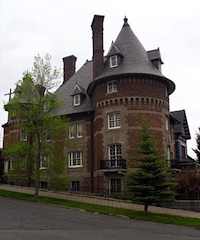 Known in its day as the richest hill on earth, and harnessing immense mining wealth beyond comprehension, Butte, Montana, grew into a city of tall, brick and stone buildings meant for an anticipated 100,000, and built to last. Together with Anaconda thirty miles away, Butte is the largest National Historic Landmark District in the United States boasting over 6,000 buildings that are certain to awe visitors drawn to this incredible reminder of a time when copper really was king, and competing Goliaths named Day, Clark and Heinze went to war to gain the lion's share of the earth's bounty.
It was a time when babbling migrants from the four corners of the globe melted into the dirty landscape and crawled deep into the crust and toiled in ways today's workers can only imagine with a shudder and a nod of gratitude to the labor movement that brought a measure of sanity and incremental safety in the wake of the conglomerate stampede, and invariable deaths that came with the dark and damp terrain; and the life-threatening, back-breaking task of gouging copper out of Mother’s epidermis; gold, silver, zinc, lead and molybdenum, but mostly copper so vital to the booming age of electricity and its industrial and residential demands.
Known in its day as the richest hill on earth, and harnessing immense mining wealth beyond comprehension, Butte, Montana, grew into a city of tall, brick and stone buildings meant for an anticipated 100,000, and built to last. Together with Anaconda thirty miles away, Butte is the largest National Historic Landmark District in the United States boasting over 6,000 buildings that are certain to awe visitors drawn to this incredible reminder of a time when copper really was king, and competing Goliaths named Day, Clark and Heinze went to war to gain the lion's share of the earth's bounty.
It was a time when babbling migrants from the four corners of the globe melted into the dirty landscape and crawled deep into the crust and toiled in ways today's workers can only imagine with a shudder and a nod of gratitude to the labor movement that brought a measure of sanity and incremental safety in the wake of the conglomerate stampede, and invariable deaths that came with the dark and damp terrain; and the life-threatening, back-breaking task of gouging copper out of Mother’s epidermis; gold, silver, zinc, lead and molybdenum, but mostly copper so vital to the booming age of electricity and its industrial and residential demands.
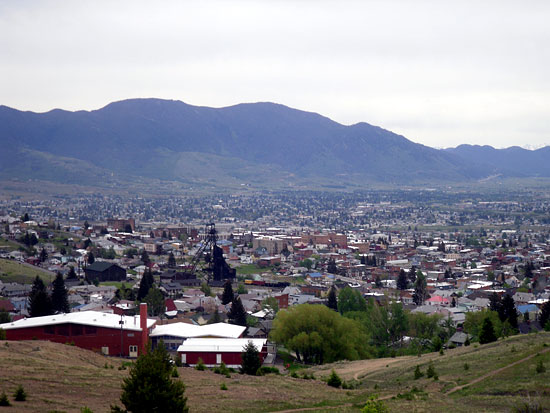 Several bangs, actually, as seventeen striking miners were shot in their backs as they attempted to flee the hail of lead unleashed by management. Known as the Anaconda Road Massacre of 1920, the heavy-handedness was indicative of the birth pains organized labor suffered in its inception.
Several bangs, actually, as seventeen striking miners were shot in their backs as they attempted to flee the hail of lead unleashed by management. Known as the Anaconda Road Massacre of 1920, the heavy-handedness was indicative of the birth pains organized labor suffered in its inception.
 Strikes, picket lines, head-bashing, and the Deep South lynching of IWW executive board officer Frank Little gave Butte a black eye, and helped seal its reputation as the “Gibraltar of Unionization,” and lead to the conversion of many to socialism, also known as pinkos or right-wing salt-of-the-earth lefties, not quite Marxists but headed that way.
Strikes, picket lines, head-bashing, and the Deep South lynching of IWW executive board officer Frank Little gave Butte a black eye, and helped seal its reputation as the “Gibraltar of Unionization,” and lead to the conversion of many to socialism, also known as pinkos or right-wing salt-of-the-earth lefties, not quite Marxists but headed that way.
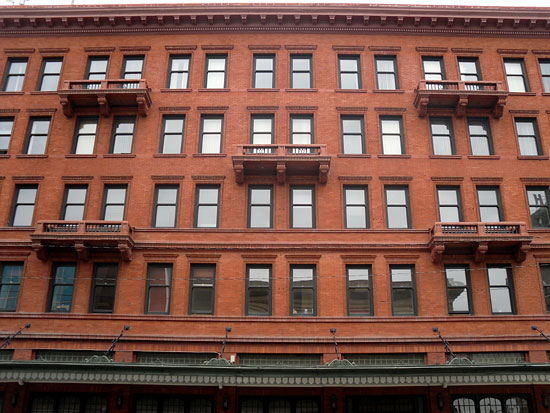 Can you blame them in an age and industry that saw its unfair share of death and misery deep in the bowels of the Continental Divide, a heap of rock and dirt, honeycombed by hundreds of miles of smelly old tunnels that could and did catch fire down in the stopes like the unimaginable disaster during the Granite Mountain conflagration nearly a half mile below the surface on June 8, 1917.
Can you blame them in an age and industry that saw its unfair share of death and misery deep in the bowels of the Continental Divide, a heap of rock and dirt, honeycombed by hundreds of miles of smelly old tunnels that could and did catch fire down in the stopes like the unimaginable disaster during the Granite Mountain conflagration nearly a half mile below the surface on June 8, 1917.
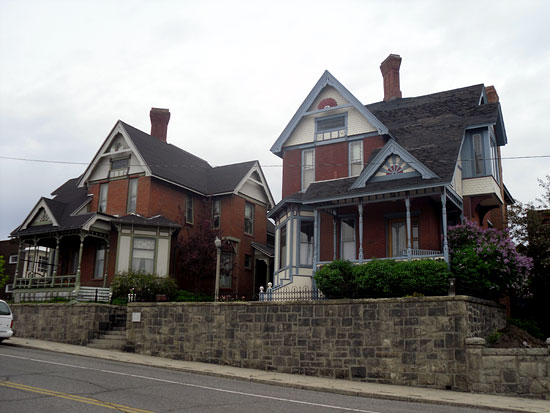 Fire and gas and smoke raged as carbon monoxide devoured the breathable air and grown men panicked as they fled to no avail or built bulkheads in a mad scramble to thwart the poison and smoke and the flames, as heroic rescuers sprayed water that turned to blistering hot steam that melted the victims beyond recognition. All told, 168 men died due to smoke inhalation and a lack of oxygen, the greatest loss of life in the history of American hard-rock mining. No wonder they organized against the one percent.
Fire and gas and smoke raged as carbon monoxide devoured the breathable air and grown men panicked as they fled to no avail or built bulkheads in a mad scramble to thwart the poison and smoke and the flames, as heroic rescuers sprayed water that turned to blistering hot steam that melted the victims beyond recognition. All told, 168 men died due to smoke inhalation and a lack of oxygen, the greatest loss of life in the history of American hard-rock mining. No wonder they organized against the one percent.
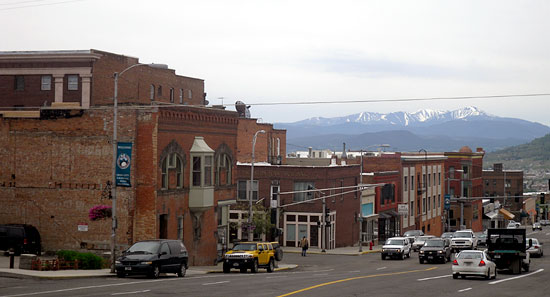 But for every deadly cloud of toxic black smoke there is a silver lining. The tragedy served as impetus for making the US Bureau of Mines an authority worldwide on mine safety; and then came laws and regulations, not all of which are inspired by the demonic left … come now ….
But for every deadly cloud of toxic black smoke there is a silver lining. The tragedy served as impetus for making the US Bureau of Mines an authority worldwide on mine safety; and then came laws and regulations, not all of which are inspired by the demonic left … come now ….
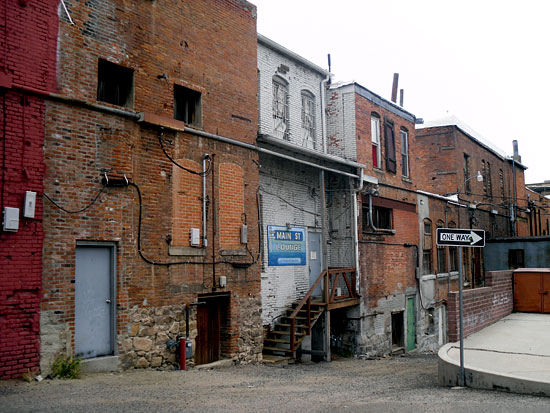 Butte took a turn, for better or worse, in the 1950s when it switched from mining copper in the labyrinth of underground tunnels to open pit excavation in a way that's hard to imagine unless you've seen the dismantling of a mountainside first hand.
Butte took a turn, for better or worse, in the 1950s when it switched from mining copper in the labyrinth of underground tunnels to open pit excavation in a way that's hard to imagine unless you've seen the dismantling of a mountainside first hand.
 The first time I saw the maw known as the Berkley Pit I almost ran off the road. But there it is, the largest toxic Superfund site in US history, and interestingly one of the greatest tourist attractions in the area; like a severed limb spewing blood, or the aftermath of a Hezbollah suicide bombing in a crowded marketplace where human flesh twitches in the gutter, there's something disgustingly intriguing about the Berkley Pit that makes you want to take a peek at the power of men and their big machines, and what they do when the set their minds to it.
Yes, the Pit is fascinating, unless you were one of 342 thirsty migrating geese that came in low for a landing one day on the vast settling pond down in the big hole laced with leached acids and heavy metal poisons that killed the feathered flock as they drank their fill; an inevitable tragedy with yet another silver lining that focused attention on cleaning up this nasty catastrophe in the ground that generated oh, so much wealth and fed, oh, so many families over the years. As far as drinking the tap water in Butte, not on your life, I don't care how potable they claim it is today. I'm not in the mood to raise three-legged offspring; not at my age.
The first time I saw the maw known as the Berkley Pit I almost ran off the road. But there it is, the largest toxic Superfund site in US history, and interestingly one of the greatest tourist attractions in the area; like a severed limb spewing blood, or the aftermath of a Hezbollah suicide bombing in a crowded marketplace where human flesh twitches in the gutter, there's something disgustingly intriguing about the Berkley Pit that makes you want to take a peek at the power of men and their big machines, and what they do when the set their minds to it.
Yes, the Pit is fascinating, unless you were one of 342 thirsty migrating geese that came in low for a landing one day on the vast settling pond down in the big hole laced with leached acids and heavy metal poisons that killed the feathered flock as they drank their fill; an inevitable tragedy with yet another silver lining that focused attention on cleaning up this nasty catastrophe in the ground that generated oh, so much wealth and fed, oh, so many families over the years. As far as drinking the tap water in Butte, not on your life, I don't care how potable they claim it is today. I'm not in the mood to raise three-legged offspring; not at my age.
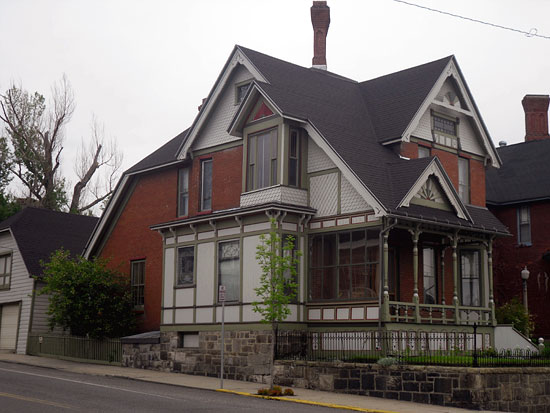 Maybe it was the deep socialist roots from a century ago, or the strong labor movement conceived and fostered in Butte over the decades that brought President Barak Obama to Butte in 2008 during the 4th of July parade and fireworks display – the largest in the state. Campaigning, as usual, he came with the family and celebrated his daughter, Malia's, tenth birthday. But don't let that keep you from visiting.; there's an awful lot to see and do in Butte, like Evil Knievel Days.
Maybe it was the deep socialist roots from a century ago, or the strong labor movement conceived and fostered in Butte over the decades that brought President Barak Obama to Butte in 2008 during the 4th of July parade and fireworks display – the largest in the state. Campaigning, as usual, he came with the family and celebrated his daughter, Malia's, tenth birthday. But don't let that keep you from visiting.; there's an awful lot to see and do in Butte, like Evil Knievel Days.
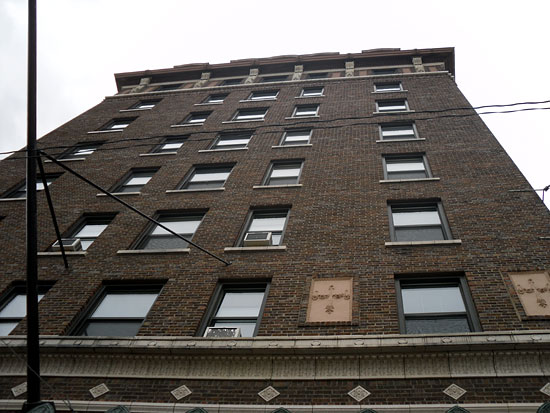 Butte was Evil's hometown, and to celebrate that lunatic daredevil's incredible feats, 50,000 Knievel wannabes and bikers descend on this storied city in a roar of combustible fury. One of the highlights of the three-day shindig, known as EK Days, which began in 2002 and is held during the fourth weekend of July, (not the Fourth of July weekend), and draws some of the most talented, albeit crazy, stuntmen, is the "truck hop," where five daring devils jump 19 trucks all at the same time, sailing through flames of fire and exploding fireworks to the tune of “God Bless America” blaring amid the gasp and awes of the enthralled throngs of lookers-on.
Butte was Evil's hometown, and to celebrate that lunatic daredevil's incredible feats, 50,000 Knievel wannabes and bikers descend on this storied city in a roar of combustible fury. One of the highlights of the three-day shindig, known as EK Days, which began in 2002 and is held during the fourth weekend of July, (not the Fourth of July weekend), and draws some of the most talented, albeit crazy, stuntmen, is the "truck hop," where five daring devils jump 19 trucks all at the same time, sailing through flames of fire and exploding fireworks to the tune of “God Bless America” blaring amid the gasp and awes of the enthralled throngs of lookers-on.
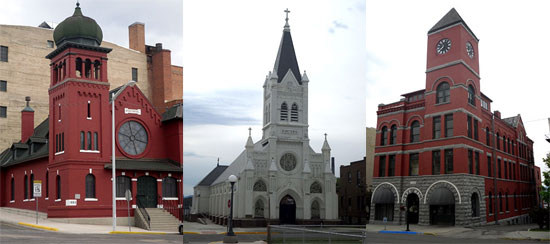 Not sure why any sane adult would want to ride their motorcycle through fifty-foot flames of scorching heat; I can think of better ways to make a name for yourself than landing with a thump and a crumble, with your hair on fire and your spinal cord snapped in three, forever-more talking in that high, squeaky voice as your nurse in white spoon-feeds you oatmeal and wipes the drool off your chin. Vanity. All is vanity.
Not sure why any sane adult would want to ride their motorcycle through fifty-foot flames of scorching heat; I can think of better ways to make a name for yourself than landing with a thump and a crumble, with your hair on fire and your spinal cord snapped in three, forever-more talking in that high, squeaky voice as your nurse in white spoon-feeds you oatmeal and wipes the drool off your chin. Vanity. All is vanity.
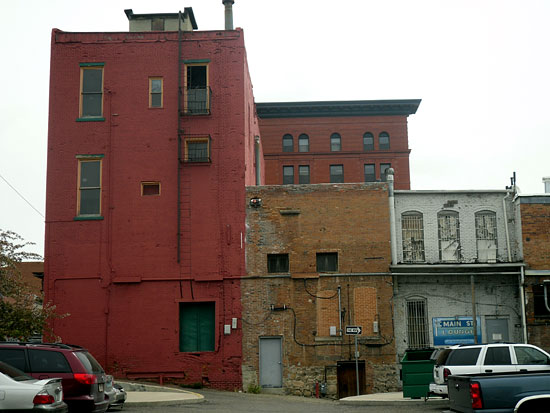
View Comments
John Treadwell Dunbar is a freelance writer